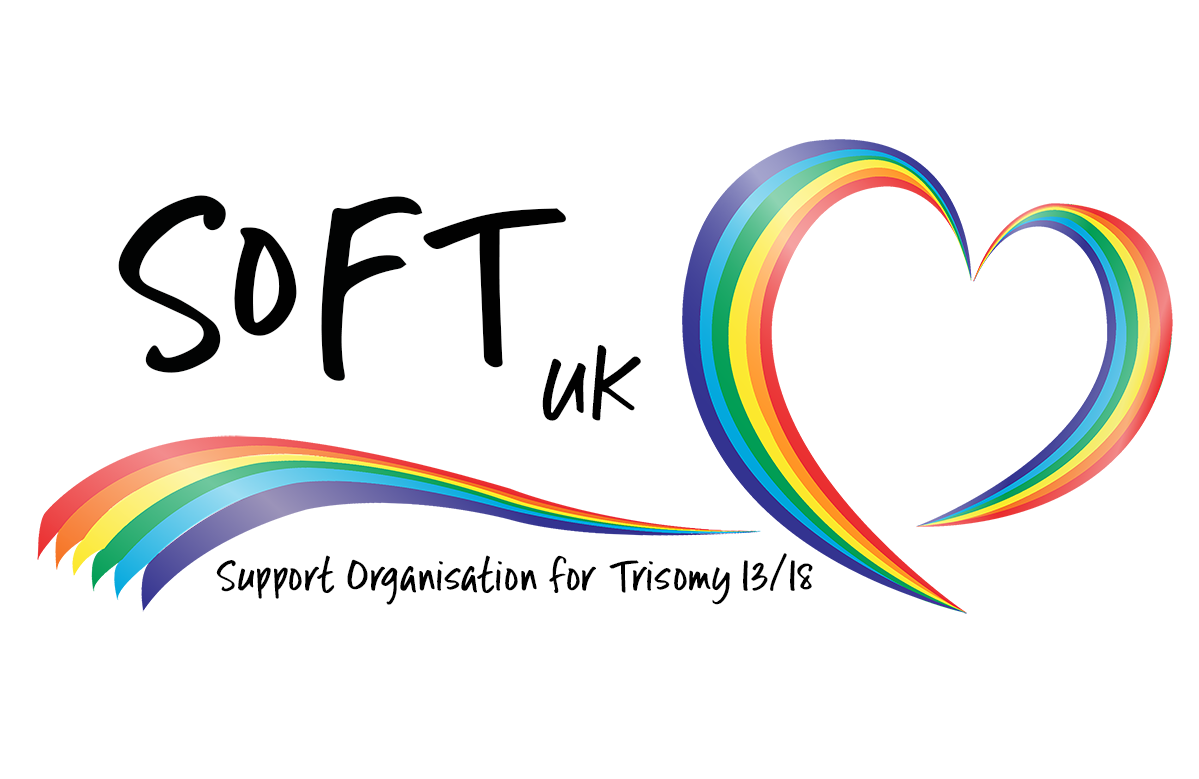Understanding Chromosomes
Human Chromosomes
Chromosomes are thread like molecules that contain all the genetic instructions for a living organism. All living things, from plants to people have chromosomes. Each chromosome is a long tightly packed string of individual genes.
Human beings typically have 22 pairs of chromosomes plus a pair of sex chromosomes. These are passed on from parents to child at the moment of conception. These chromosomes control everything from the child's gender to their eye colour.
The 22 pairs of chromosomes are numbered in order of size. There is an additional pair of sex chromosomes, that determine the child's gender. The sex chromosomes are called X and Y. XX denotes a female and XY a male.
This makes a total of 46 chromosomes in each typical human cell.
Conception
The chromosomes for each person are determined at the point of conception.
The human egg cell and the human sperm cell each contain only 23 chromosomes. When a healthy egg is fertilised by a healthy sperm, the fertilised egg has 23 chromosomes from the mother's egg and 23 chromosomes from the father's sperm, totalling 46 chromosomes. This is the unique blueprint for the individual baby that grows.
Embryonic Growth
The singe fertilsed egg with 46 chromsomes then divides repeatedly to form every cell in the new human body. In typical development, each of these cells with have an identical copy of these 46 chromosomes
Chromosome Defects
Chromosome defects most normally occur because of errors in the processes of cell division involved in conception and embryonic development.
MEOISIS
Meoisis is the process of cell division that creates sperm and eggs. Each sperm or egg should have 23 chromosomes. However if Meoisis does not occur correctly, a sperm or egg can have too many or too few chromosomes.
Therefore if the faulty sperm or egg goes on to form an embryo, that embryo will inherit an incorrect number of chromosomes.
MITOSIS
Mitosis is the process of cell division that occurs in embryonic development. If the cell divides incorrectly at some point in the process, subsequent cells will have the incorrect number of chromosomes.
What is Trisomy?
The 'tri' in Trisomy stands for THREE.
This means that one of the numbered chromosome sets contains THREE copies, instead of the usual PAIR.
MEIOSIS and Trisomy
The majority of Trisomies are created during Meiosis. Either the sperm or the egg has one extra chromosome. Therefore the embryo inherits 47 chromosomes, instead of the usual 46. As the embryo divides, each cell in the new baby will also contain an extra chromsome.
Types of Trisomy
Full Trisomy
Full Trisomy is the most common type of Trisomy. It occurs when an error occurs in MEIOSIS. The affected baby will have 47 chromosome in every cell in their body.
Partial Trisomy
Partial Trisomies are much rarer. A partial trisomy means the affected person has TWO copies of the affected chromosome PLUS a partial copy.
Sometimes the smaller copy attaches itself to another chromosome. This can make it more difficult to diagnose.
The partial copy can be of any length, from just a small part to almost the full chromosome.
Some cases of Partial Trisomy are caused by hereditary factors.
Mosaicism
Mosaicism can occur when there is a problem with MITOSIS. The fertilised egg or embryo does not divide evenly, creating subsequent cells with different numbers of chromosomes.
Therefore the affected baby has 47 chromosomes in SOME cells but the typical 46 chromosomes in other cells.
The Impact of Trisomy
Having too much genetic material causes difficulties with every stage of development, from the early mitosis of a developing embryo to the growth and development of a living child.
Trisomy in Pregnancy
The presence of extra genetic material can cause difficulties for a growing embryo.
It is generally recognised that half of all pregnancies are miscarried, in many cases before a woman even knows she is pregnant. It is likely that many of these pregnancies are miscarried due to irregularities with genetic material.
Pregnancies affected by Trisomy are at greater risk of miscarriage (loss before 24 weeks) and stillbirth (loss after 24 weeks). This risk starts high, reducing as the pregnancy progresses. The risk of foetal loss before birth is higher in Trisomy 18 than in Trisomy 13. The reason for this is not known.
There is also an increased risk of the baby not surviving delivery.
There is more detailed information about how Trisomy affects pregnancy available from:
The SOFT UK Booklet 'Your Pregnancy’
The International Trisomy Alliance Booklet 'Preparing for the Arrival of your Baby'
The most recent statisical figures for pregnancy outcomes for Trisomy 13 and 18 are available here.
How Trisomy Affects an Individual
Trisomy 13 and 18 cause a variety of developmental and health difficulties for affected individuals. Trisomy 13 and 18 are considered to be life-limiting conditions, meaning they affect how long a baby can be expected to survive.
Babies born with Trisomy 13 and 18 would be likely to require specialist medical intervention, particularly in the neo-natal period.
Children affected by Trisomy 13 and 18 can be expected to have significant health and developmental challenges.
Further information about the impacts of Trisomy 13 and 18 can be found in the following resources:
The SOFT UK Booklet 'Your Baby'
SOFT USA publishes handy summaries for both Trisomy 13 and Trisomy 18
The most recent research on survival statistics can be found here.





